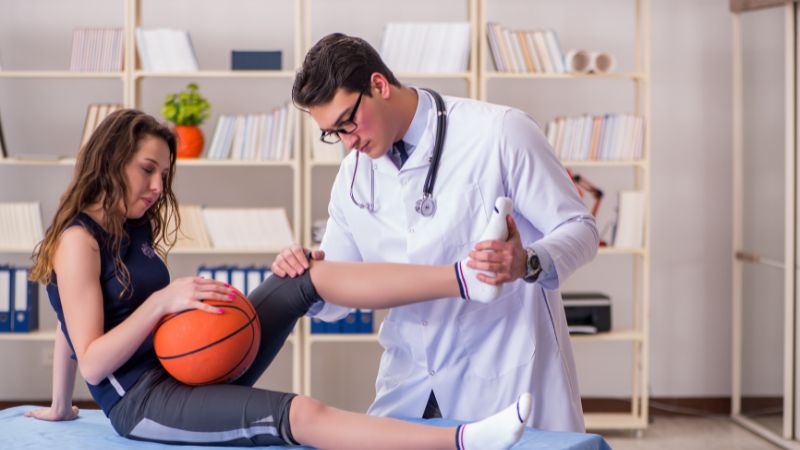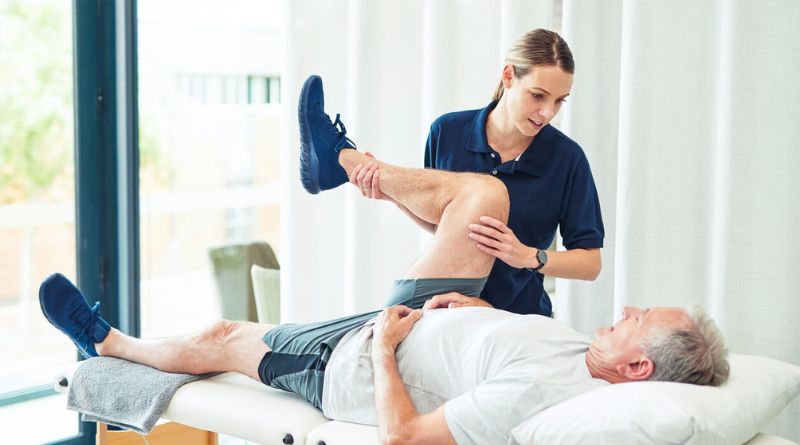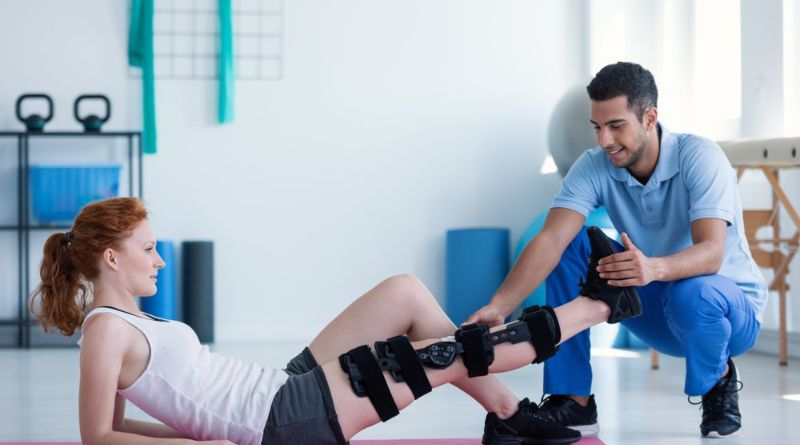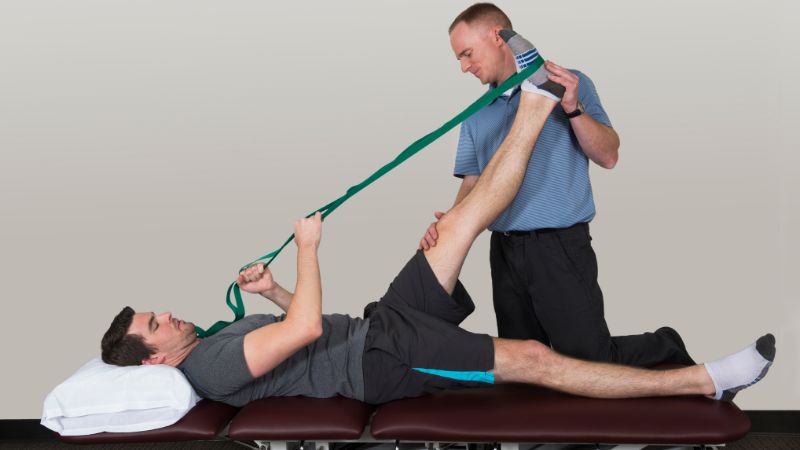In the realm of athletic pursuits, injuries are an inevitable challenge that athletes face. From minor strains to more severe fractures, these injuries can significantly impact performance and well-being. Fortunately, advancements in physical therapy have brought forth a myriad of effective techniques designed to aid in recovery and rehabilitation. Understanding the best physical therapy techniques for sports injuries is crucial for athletes striving to regain strength, mobility, and functionality. These techniques, tailored to address specific conditions and individual needs, encompass manual therapy, therapeutic exercises, electrotherapy, and more. By integrating these methods into a comprehensive rehabilitation program, athletes not only expedite their recovery process but also minimize the risk of recurring injuries. This blog explores nine such techniques that are proven to facilitate optimal recovery and support athletes in returning to peak performance levels safely.
Best Physical Therapy Techniques for Sports Injuries
1. Manual Therapy
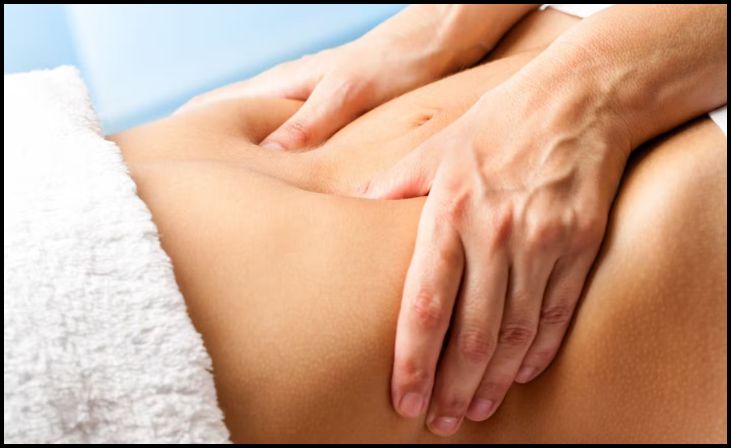
Manual therapy is a hands-on approach used by physical therapists to manipulate joints and soft tissues. Techniques like joint mobilizations and manipulations aim to restore normal joint movement and reduce pain. By applying controlled pressure, therapists can improve flexibility and function in injured areas. Soft tissue mobilizations target muscles, ligaments, and tendons to alleviate tension and enhance blood flow, aiding in the healing process. This personalized approach helps address specific musculoskeletal issues caused by sports injuries, promoting faster recovery and improved range of motion. Manual therapy techniques are often integrated with other rehabilitation strategies to maximize their effectiveness and provide comprehensive care tailored to the athlete’s needs.
2. Therapeutic Exercises
Therapeutic exercises are essential in sports injury rehabilitation, focusing on strengthening muscles, improving flexibility, and restoring functional movement patterns. Physical therapists design exercise programs that are specific to the athlete’s injury and recovery goals. Stretching exercises increase muscle flexibility, reducing the risk of further injury and improving overall mobility. Resistance exercises target weakened muscles, gradually increasing strength and endurance. Functional exercises mimic sports-specific movements, helping athletes regain confidence and readiness to return to their sport safely. These exercises are progressively adjusted as the athlete’s condition improves, ensuring a balanced approach to rehabilitation that supports long-term recovery and performance.
3. Electrotherapy
Electrotherapy encompasses various techniques that use electrical stimulation to manage pain, reduce inflammation, and promote tissue healing. Transcutaneous Electrical Nerve Stimulation (TENS) delivers low-voltage electrical currents to nerve endings, effectively blocking pain signals and providing temporary relief. Ultrasound therapy utilizes sound waves to generate deep heat within tissues, enhancing circulation and accelerating the healing process. Electrical Muscle Stimulation (EMS) contracts muscles to prevent atrophy and improve muscle strength without placing undue stress on injured tissues. These non-invasive methods are valuable in alleviating discomfort and facilitating recovery, complementing other physical therapy interventions to optimize outcomes for athletes recovering from sports injuries.
4. Heat and Cold Therapy
Heat and cold therapy are commonly used modalities in sports injury rehabilitation for their therapeutic benefits. Cold therapy, applied immediately after an injury (cryotherapy), reduces inflammation by constricting blood vessels and numbing nerve endings, thereby alleviating pain and swelling. Heat therapy (thermotherapy) improves circulation, promoting oxygen and nutrient delivery to injured tissues, which aids in the healing process during later stages of rehabilitation. Alternating between hot and cold treatments (contrast therapy) can further enhance blood flow and tissue repair. Physical therapists carefully monitor the application of heat and cold to ensure they are used safely and effectively, providing relief and supporting recovery without exacerbating the injury.
Also Read: 8 Benefits of Pelvic Floor Physical Therapy
5. Functional Training
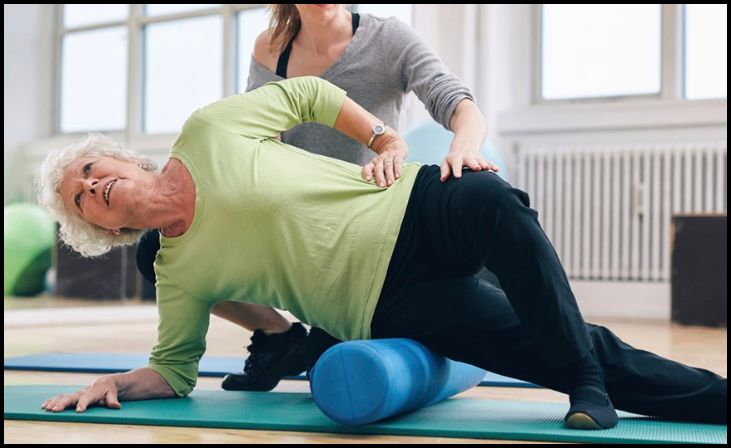
Functional training focuses on improving an athlete’s ability to perform daily activities and sports-specific movements. This approach integrates strength, balance, flexibility, and coordination exercises tailored to the athlete’s sport and injury. By simulating movements relevant to their activities, functional training enhances neuromuscular control and proprioception, crucial for preventing re-injury. Exercises may include single-leg balance drills, agility drills, and dynamic movements that replicate the demands of the sport. Physical therapists emphasize proper technique and progression to ensure exercises are challenging yet safe, helping athletes regain confidence and readiness for return to play. Functional training not only accelerates recovery but also enhances overall athletic performance by addressing underlying movement patterns and weaknesses.
6. Kinesio Taping
Kinesio taping involves applying elastic tape to injured muscles or joints to provide support and stability without restricting movement. This technique helps reduce pain, improve circulation, and support injured tissues during rehabilitation. The tape’s elasticity allows athletes to maintain a full range of motion while receiving therapeutic benefits such as improved proprioception and reduced swelling. Physical therapists strategically apply kinesio tape based on the athlete’s specific injury and functional needs. By enhancing joint alignment and muscle function, kinesio taping contributes to quicker recovery and facilitates return to sport with reduced risk of further injury. It is a popular adjunct therapy in sports rehabilitation due to its versatility and effectiveness in supporting healing and performance.
7. Massage Therapy
Massage therapy is beneficial for athletes recovering from sports injuries as it promotes relaxation, reduces muscle tension, and improves circulation. Techniques such as deep tissue massage target deeper layers of muscles and connective tissues, releasing tension and scar tissue that may restrict movement. Swedish massage techniques focus on relaxation and improving blood flow, aiding in the removal of metabolic waste products from tissues. Sports massage combines elements of both, addressing specific muscle groups affected by the injury. Beyond physical benefits, massage therapy reduces stress and anxiety, which are common among athletes during rehabilitation. Regular sessions with a skilled massage therapist can complement other rehabilitation efforts, facilitating faster recovery and enhancing overall well-being.
8. Aquatic Therapy
Aquatic therapy harnesses the properties of water—buoyancy, resistance, and hydrostatic pressure—to facilitate rehabilitation and recovery from sports injuries. Exercising in water reduces the stress on weight-bearing joints, making it ideal for athletes with lower extremity injuries or weight restrictions. The resistance provided by water enhances muscle strengthening and cardiovascular conditioning without the impact associated with land-based exercises. Physical therapists design aquatic exercise programs that target specific rehabilitation goals, such as improving range of motion, balance, and endurance. Aquatic therapy sessions may include activities like swimming, water aerobics, and resistance training using specialized equipment. This therapeutic approach allows athletes to engage in early rehabilitation efforts in a supportive environment, promoting faster recovery and gradual return to land-based activities.
9. Neuromuscular Re-education
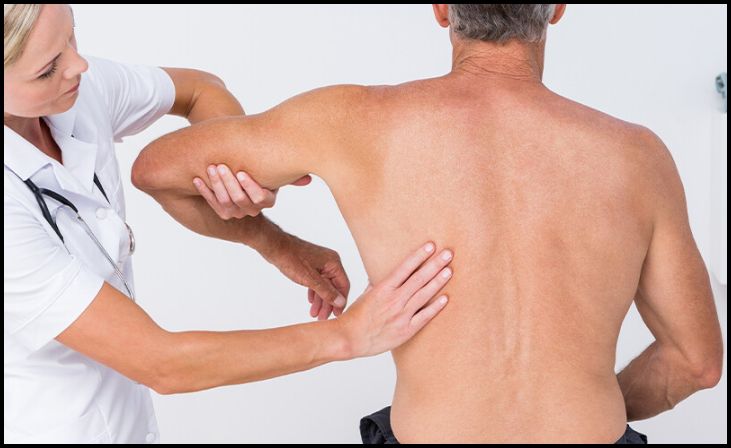
Neuromuscular re-education focuses on restoring proper movement patterns and enhancing coordination following a sports injury. Physical therapists use a variety of techniques to improve neuromuscular control, including balance exercises, proprioceptive training, and functional movements. Balance exercises challenge the athlete’s stability and proprioception, crucial for maintaining proper body alignment and preventing re-injury. Proprioceptive training involves exercises that enhance the body’s awareness of its position in space, improving joint stability and muscle coordination. Functional movements replicate sports-specific actions, integrating strength and coordination to simulate real-world demands. Through progressive re-education exercises, athletes regain confidence in their movement abilities and readiness to return to sport safely. Neuromuscular re-education is integral in addressing underlying deficits that contribute to injury recurrence, promoting long-term athletic performance and injury prevention.
Conclusion
In the realm of sports injury rehabilitation, choosing the right physical therapy techniques can make a significant difference in an athlete’s recovery journey. The nine techniques discussed—manual therapy, therapeutic exercises, electrotherapy, heat and cold therapy, functional training, kinesio taping, massage therapy, aquatic therapy, and neuromuscular re-education—offer comprehensive approaches tailored to address specific injuries and individual needs. Each technique plays a crucial role in reducing pain, restoring function, and enhancing overall well-being, allowing athletes to regain confidence and readiness for their return to sport.
FAQs
How soon can I return to sports after a sports injury?
Recovery timelines vary depending on the severity of the injury and individual factors. Your physical therapist will assess your progress and readiness for a gradual return to sport, typically ranging from weeks to several months.
Are these techniques suitable for all types of sports injuries?
Yes, these techniques are versatile and can be adapted to treat various sports injuries, from acute strains to chronic overuse conditions. Physical therapists tailor treatment plans to meet the specific needs and goals of each athlete.
How can I avoid being hurt playing sports in the future?
Proper warm-up and cool-down routines, adequate rest and recovery, regular strength and flexibility training, and using appropriate protective gear can help reduce the risk of sports injuries. Consulting with a sports medicine professional can provide personalized strategies for injury prevention.

